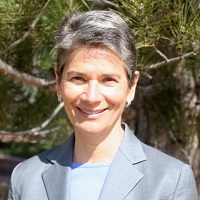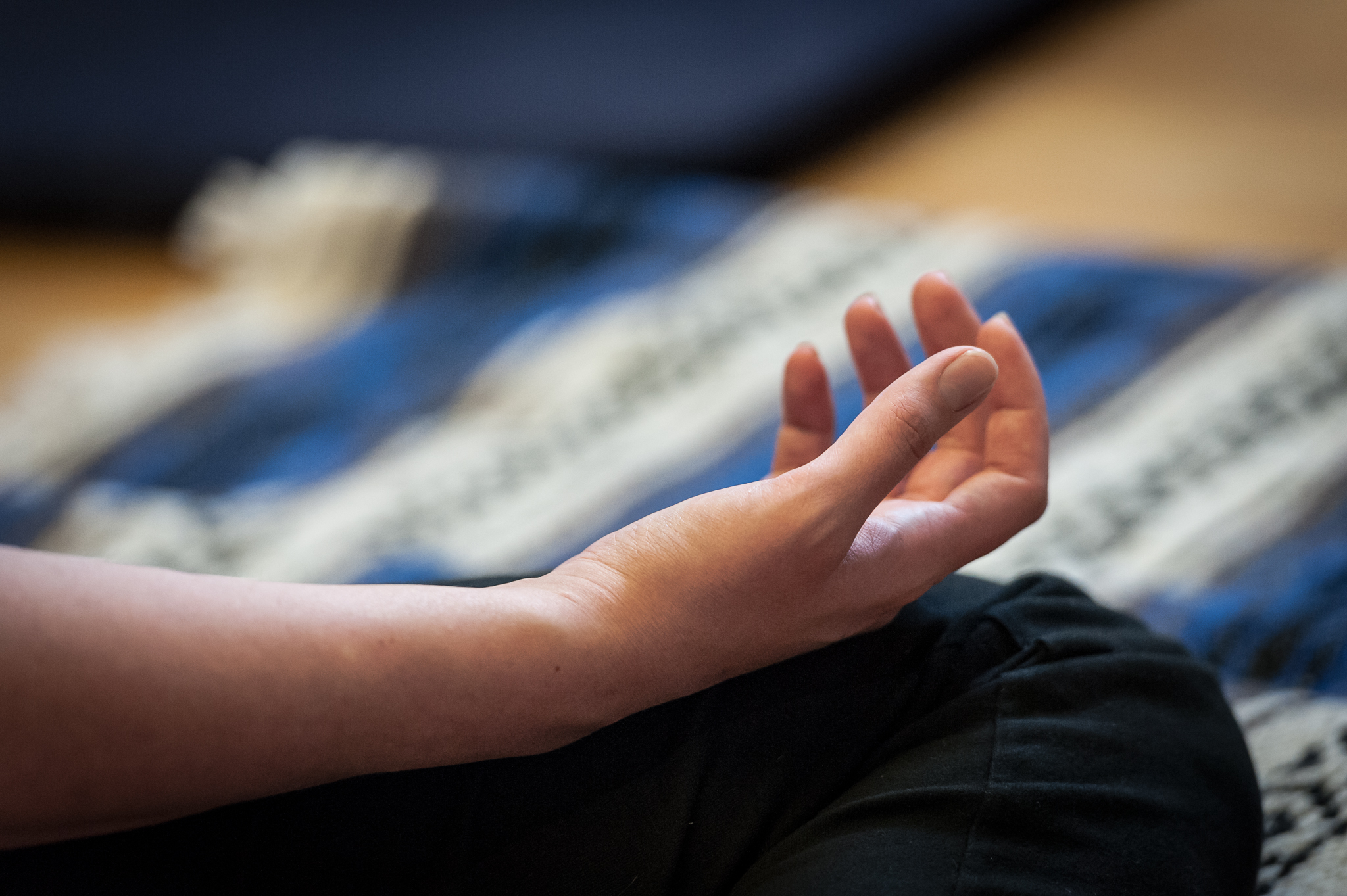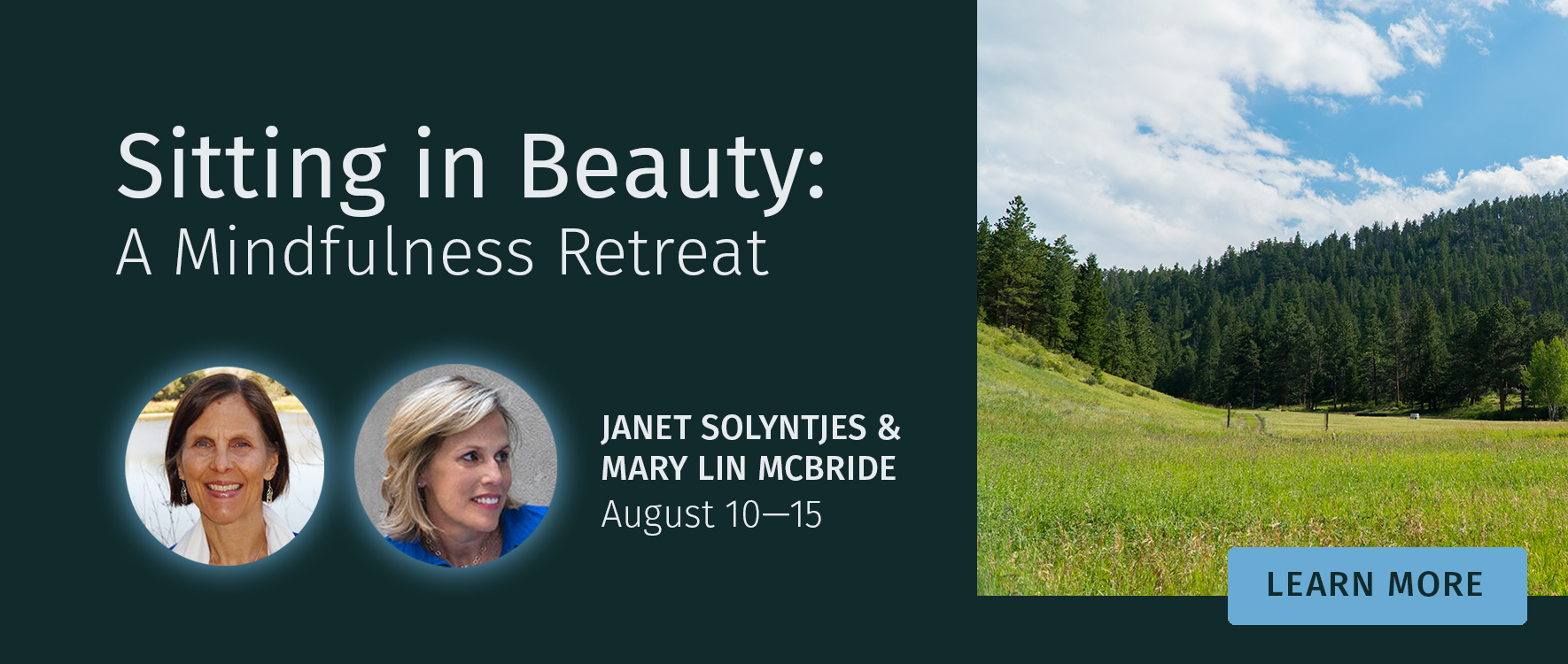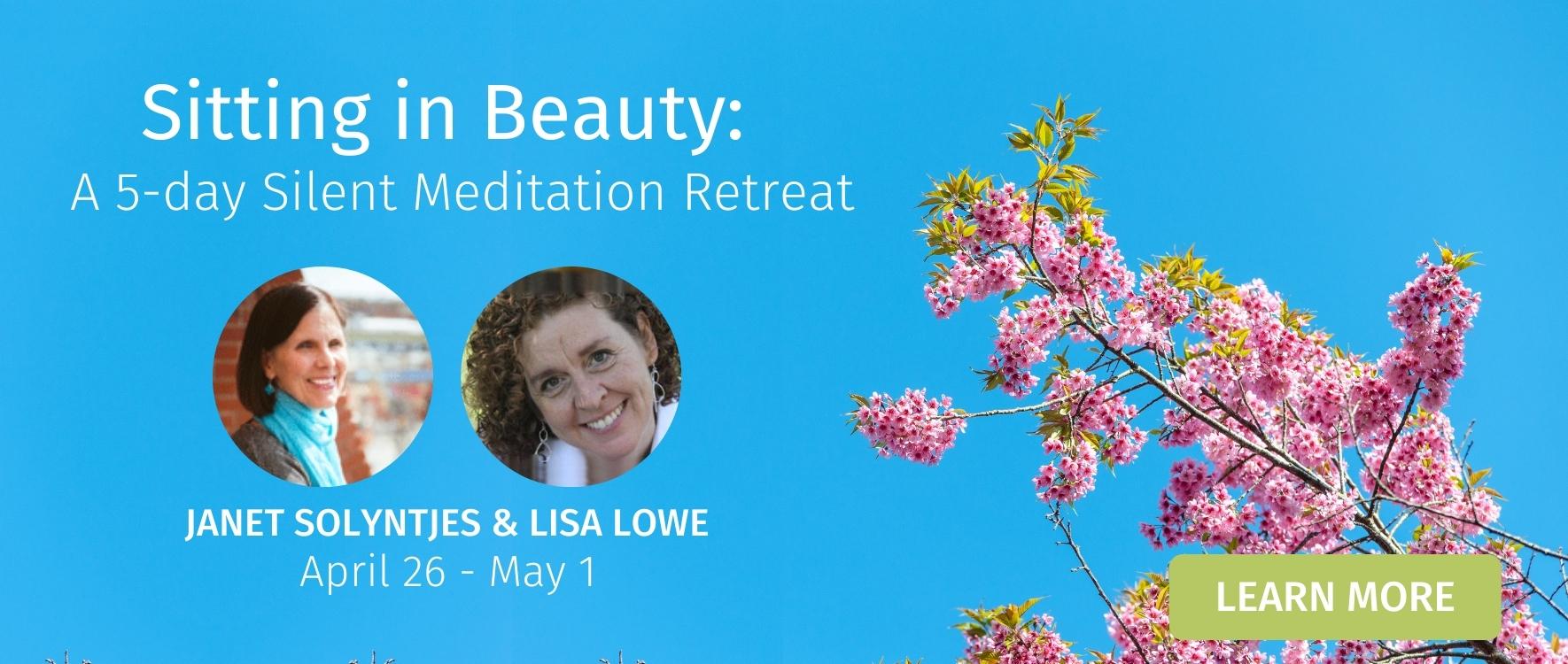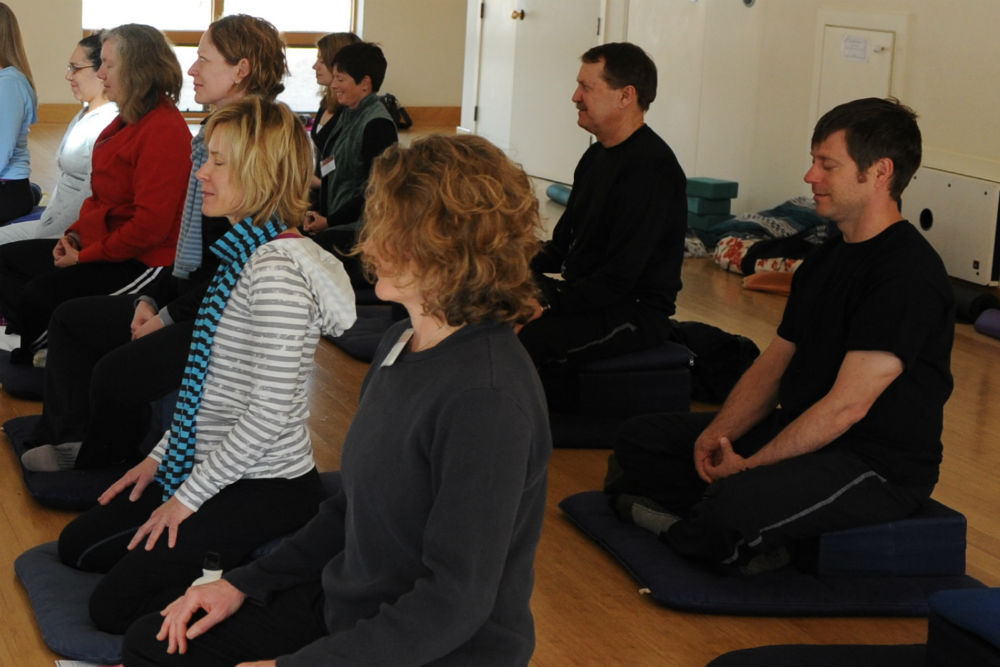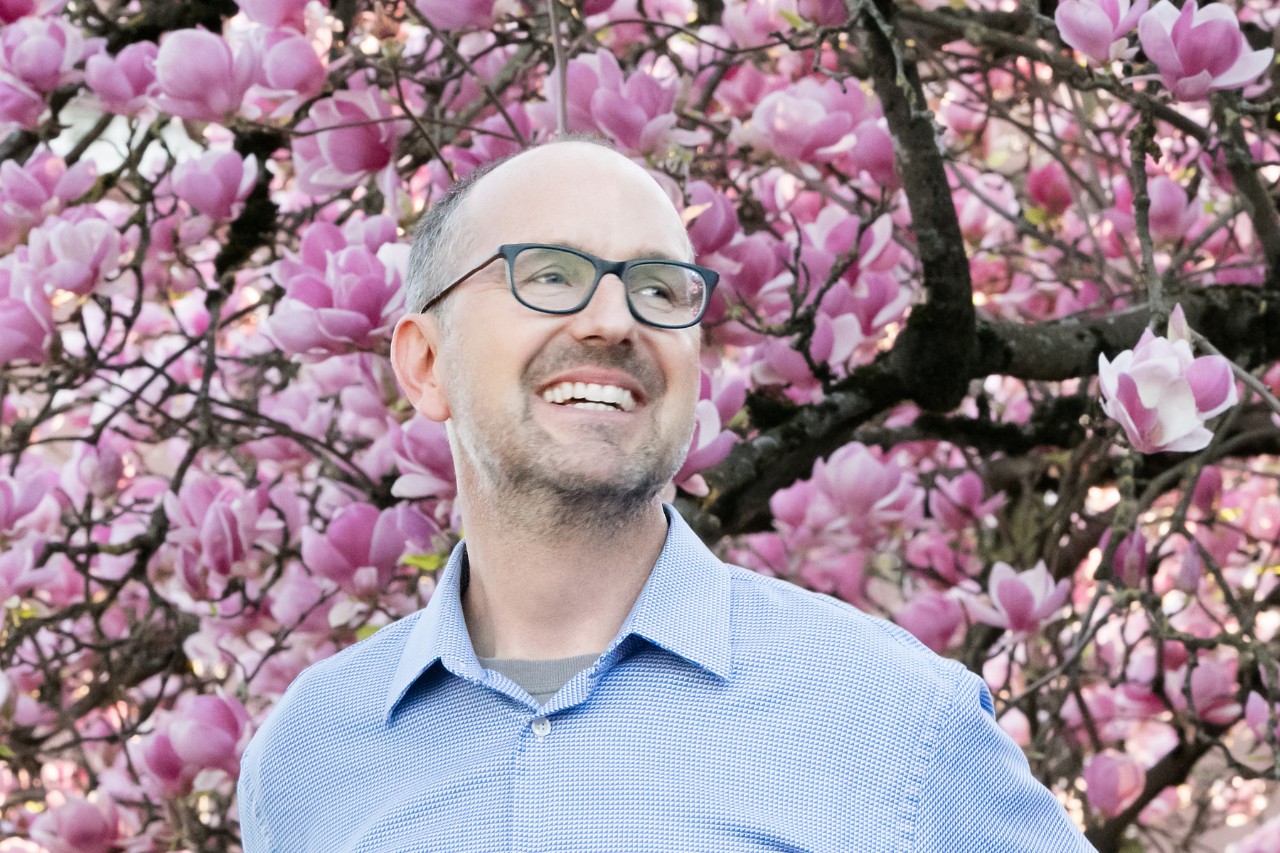The Personal is Professional: Bringing Mindfulness to Education
By Rona Wilensky ~~~
I have an unusual job. When people ask what I do, I usually say that I bring mindfulness to education. I almost always get a positive response along with the assumption that I must be teaching mindfulness to students. At that point, I find myself backing up and explaining that as wonderful as mindfulness for students is, my self appointed work in the world is teaching (and arranging for my colleagues to teach) mindfulness to educators.
My organization has made the decision to only support teachers in bringing mindfulness to their students once they have experienced and practiced mindfulness for themselves. Just as we expect those who teach reading to read and those who teach writing to write, it seems straightforward to expect that those who teach mindfulness to also practice it. It just doesn’t make sense to ask adults to teach what they don’t know.
My organization has made the decision to only support teachers in bringing mindfulness to their students once they have experienced and practiced mindfulness for themselves.
But even if the educators we work with never teach mindfulness to their students (although I think they should!) I know that their own practice will have a transformational effect on their students and in their classrooms. How does this happen?
My colleagues and I not only help educators cultivate their capacity to pay attention to their own experience as it is happening moment to moment through a variety of awareness practices, but we also teach our course participants about responding instead of reacting, working with challenging emotions and cultivating forgiveness and kindness. The primary impact is greater personal well-being and resilience for educators themselves. The evidence for our program (and myriad other programs targeted at adults) is clear: mindfulness, when practiced regularly, improves practitioners’ personal quality of life.
But what we have also seen, and what Patricia Jennings and her University of Virginia research team are proving in a large scale study of CARE, a related program, is that mindfulness for educators not only benefits those who practice it, but through the multiple interactions each teacher has throughout the day, the benefits spread to their students and classrooms.
In written reflections at the end of our course (which never focuses directly on the classroom) teachers consistently report greater compassion for and patience with their students. Teacher reflections include: uninterrupted attention to what a student is saying, less or no reactivity to provocative behavior, greater concern for their students’ well being, and increased curiosity about the reasons behind student behavior. In short, participants report that they begin to imagine how the world looks through their students’ eyes.
Mindfulness for educators not only benefits those who practice it, but through the multiple interactions each teacher has throughout the day, the benefits spread to their students and classrooms. In short, participants report that they begin to imagine how the world looks through their students’ eyes.
More interesting however is that teachers also report that their students’ behaviors seem to change in response to the changes in their own presence and actions. One major change seems to be that the less reactive and more compassionate the teacher is, the less provocative are the students. We are all too familiar with the cycle of escalation that can be set in motion when an upset student meets a stressed out teacher. This can often be bypassed by a mindful teacher who recognizes when she has been triggered and uses thoughtful responses to actively de-escalates the situation. And when teachers’ buttons can’t be regularly pushed, intentionally provocative student behaviors tend to disappear.
The less reactive and more compassionate the teacher is, the less provocative are the students.
Teachers also report greater student focus and productivity that they attribute to their own self-regulation, compassion and focus. In an end-of-class closing circle this spring, one teacher spoke about privately extending wishes for well being to the same difficult student each day for a week. Interestingly, this confidential kindness practice coincided with that student turning in more work than he had ever done before. Coincidence? Causation? It is worth pondering and exploring more.
Teachers who are actively cultivating their own open heartedness, patience, generosity, kindness, emotional self-regulation, attentional skills, boundary setting abilities, self-awareness and listening will inevitably cultivate more positive and caring relationships with their students. Simply embodying these qualities will model for students how to behave in similar ways. As renowned educators Theodore Sizer and Nancy Faust Sizer stated in the title of one of their books, “the students are watching”.
But as importantly, educators who have trained in these capacities are nurturing and caring for students in ways that shape these students’ hearts and minds. And what decades of research (summarized in Anthony Biglan’s “The Nurture Effect”) has shown is that children need to be treated in these ways to be their best selves. Their physical and mental health, well-being and even learning depend on being cared for in appropriate ways by healthy, resilient adults.
Educators who have trained in these capacities are nurturing and caring for students in ways that shape these students’ hearts and minds.
There is one final impact of having a self aware, regulated and compassionate teacher in the classroom. Early research is beginning to show that those who cultivate these qualities through mindfulness are more aware of their implicit biases towards individuals who are different from them. This awareness interrupts habitual prejudicial thoughts and allows those who cultivate it to respond to the situation in front of them rather than react to a learned pattern which often embodies inaccurate stereotyped expectations.
In schools where most teachers are white, middle class women and increasing numbers of students are from racially, ethnically and socio-economically different backgrounds this is profoundly important. When teachers can respond to student behavior they initially experience as provocative with curiosity rather than judgment, when they bring less prejudice, greater openness of heart and respectful boundaries to the situation, fewer students will be thrown out of classrooms and schools and fewer students will enter the well documented school to prison pipeline.
The cherry on the cake is when a mindful teacher invites students to join him or her in learning mindfulness practices for themselves. The results are profound as students are empowered as they learn to calm themselves, focus their attention and extend kindness to their classmates. But the first and most important step is the mindful teacher; without that, mindfulness for students is just another activity that will be supplanted when a newer, shinier silver bullet is offered as the panacea to a deeply complex social reality.
(Featured image at top by Karen O’Hern)
About the Author
